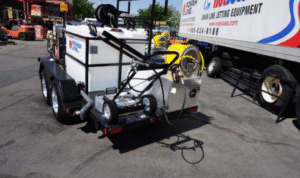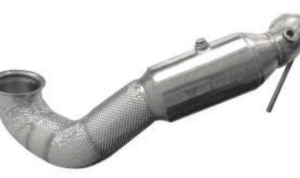how to calibrate a durometer
Calibrating a durometer is a crucial process to ensure accurate hardness measurements. A durometer measures the hardness of materials, particularly polymers and elastomers. Here’s a general guide on how to calibrate a durometer:
- Understand the Durometer Type:
- There are different types of durometers (e.g., Shore A, Shore D) for different materials. Understand the type of durometer you are calibrating and the specific material it is intended for.
- Get the Calibration Standard:
- Obtain a calibration standard or a test block made of the same material as what the durometer is intended to measure. The test block should have a known and standardized hardness value.
- Ensure Ideal Conditions:
- Calibrate the durometer in an environment with a stable temperature and minimal vibrations to ensure accurate measurements.
- Set Up the Durometer:
- Place the durometer on a flat and stable surface. Make sure the durometer’s foot is clean and in good condition.
- Zero the Durometer:
- Set the durometer to zero or the starting point by adjusting the zero point if applicable. This ensures the initial point of measurement is accurate.
- Measure the Calibration Standard:
- Place the durometer on the calibration standard or test block, ensuring the foot makes full and even contact with the surface. Take the hardness measurement according to the durometer’s instructions.
- Compare Measurements:
- Compare the durometer reading to the known hardness value of the calibration standard. If there is a discrepancy, note the difference.
- Adjust the Durometer:
- If there is a difference between the durometer reading and the known value, adjust the durometer accordingly to match the calibration standard’s hardness value. Consult the manufacturer’s guidelines for adjustments.
- Repeat if Necessary:
- If adjustments were made, repeat the calibration process by measuring the calibration standard again. Ensure the durometer now matches the known hardness value.
- Document the Calibration:
- Record the calibration process, including the durometer reading, known hardness value, adjustments made (if any), and the date of calibration.
- Regular Maintenance:
- Perform regular maintenance and recalibration based on the manufacturer’s recommendations, the frequency of use, and industry standards.
- Consult the Manufacturer’s Guidelines:
- Always refer to the manufacturer’s specific guidelines and instructions for calibrating the particular type and model of the durometer you are working with.
Following these steps and ensuring accurate calibration of the durometer will help provide precise hardness measurements during material testing. Always prioritize safety and accuracy when calibrating any measuring instrument.








